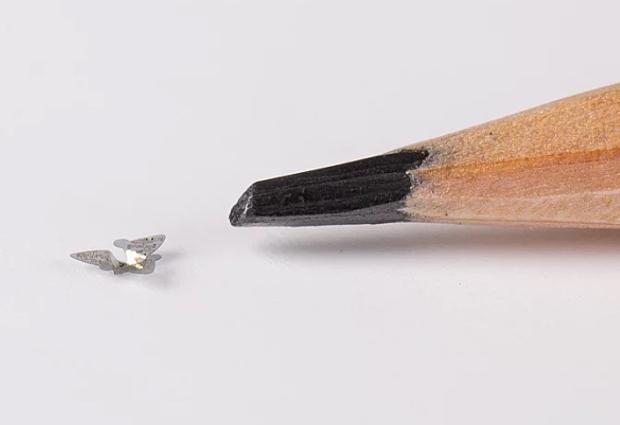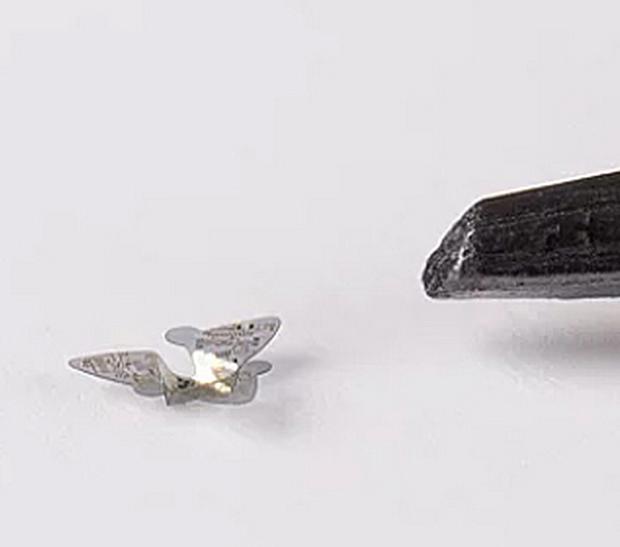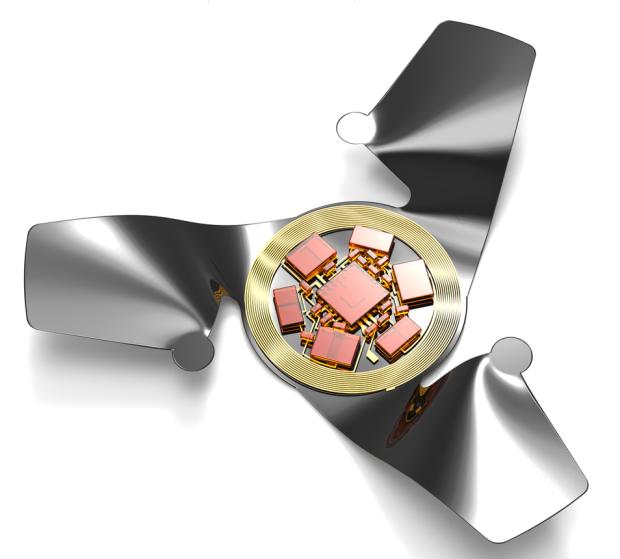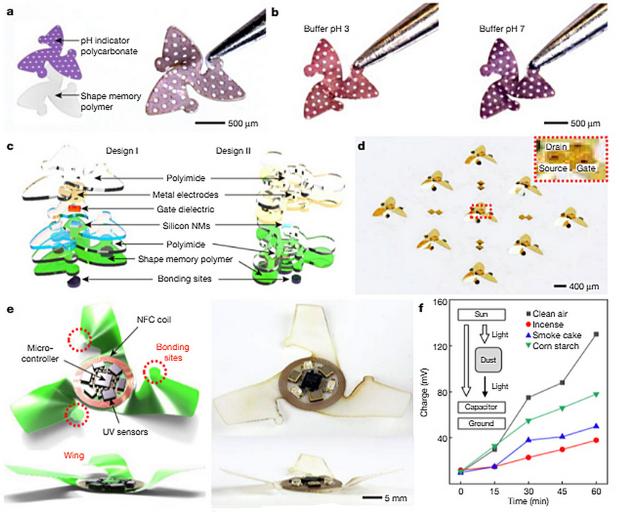Will Flying Microchips as Small as Sand Grains Surveil Human Populations?




NPR recently reported that winged microchips as small as grains of sand can be carried by the wind to monitor such things as pollution levels or the spread of airborne diseases, but that’s not all. The tiny fliers, whose development by engineers at Northwestern University was detailed in an article published by Nature, are being billed as the smallest-ever human-made flying structures.
The devices don't have a motor; engineers were instead inspired by the maple tree's free-falling propeller seeds — technically known as samara fruit. The engineers optimized the aerodynamics of the microfliers so that "as these structures fall through the air, the interaction between the air and those wings cause a rotational motion that creates a very stable, slow-falling velocity," said John A. Rogers, who led the development of the devices. "We think that we beat nature," Rogers said. "At least in the narrow sense that we have been able to build structures that fall with more stable trajectories and at slower terminal velocities than equivalent seeds that you would see from plants or trees." As the wind scatters the tiny microchips, they could be used to sense their surrounding environments, collect information, monitor contamination, track diseases, or, for that matter, surveil populations. See details in this video from Northwestern University.
Thanks to CDR David Place (USN/Ret), davidplace47[at]gmail[dot]com, and Robin E. Alexander, President ATC, alexander technical[at]gmail[dot]com, for their assistance with this report, the background for which appeared in their # 21 - 25 - 8 OCTOBER 2021 edition of the UNMANNED SYSTEMS NEWS (USN).
David distributes the USN, a free, comprehensive newsletter in PDF format every week or two, as well as serial news flashes, from which this NREF news update was sourced. To be included in his distribution, simply send David a subscribe request to davidplace47[at]gmail[dot]com.
